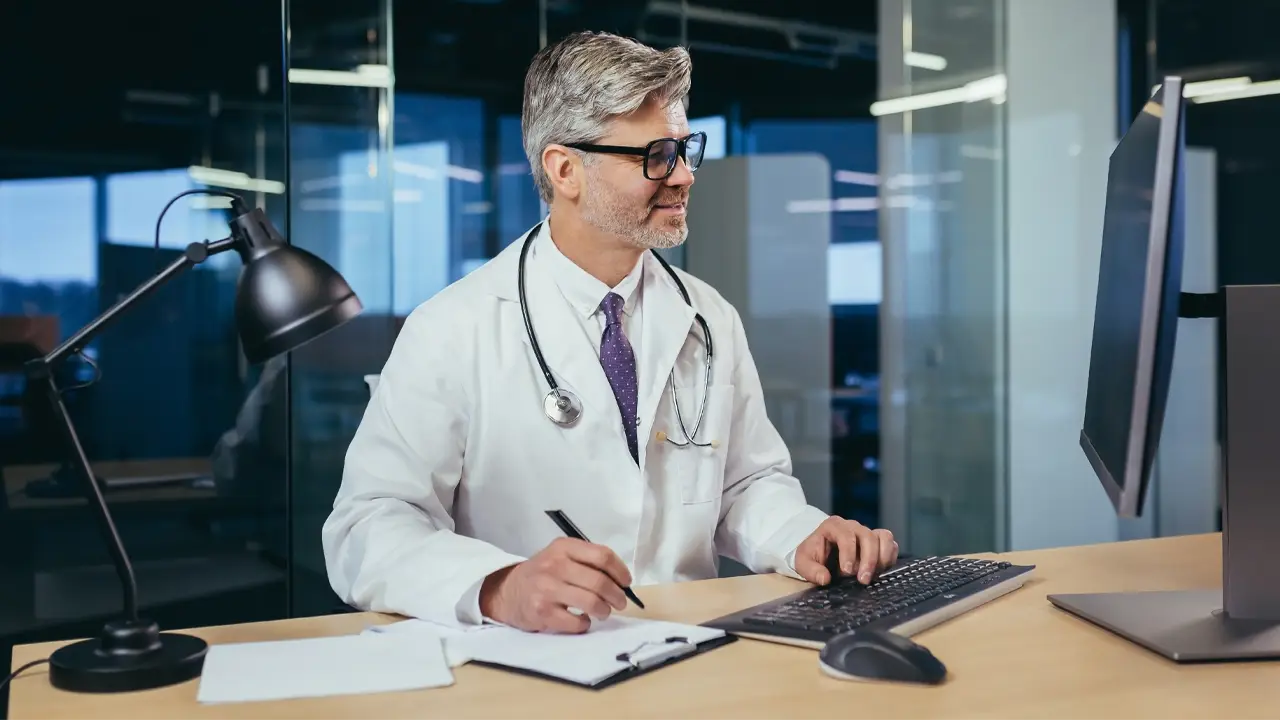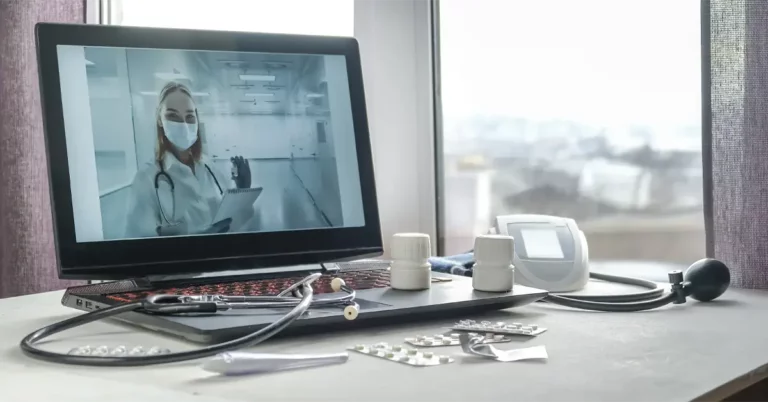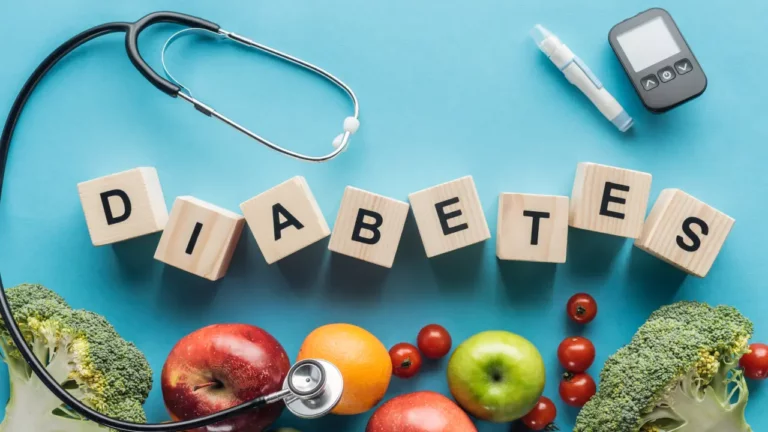Remote health monitoring (RHM) refers to using remote devices and telehealth technology to monitor a patient’s health status. RHM provides a new level of convenience, accessibility, and improved health outcomes for patients with chronic conditions. Today’s health monitoring technology is changing how we care for our patients. With these technologies, doctors can monitor patients’ vitals remotely and receive real-time notifications if something is wrong.
According to a Market Research Future analysis, the remote system monitoring solution market will exceed USD $6 billion by 2030, rising at an 18.64% compound annual grown rate between 2022 and 2030. As technology continues to evolve, so do our health monitoring solutions. With remote monitoring, you can keep tabs on your health from anywhere in the world. Whether you’re a busy mom on the go or a busy executive needing peace of mind, remote monitoring is the perfect solution.
Remote monitoring systems allow you to access health data from almost any internet-connected device. This means you can check your health even when you’re not home. This also gives you peace of mind, knowing you can still access your data and receive professional help if something happens to your home or office. It is a great way to improve your overall health and well-being. You can make informed decisions about your health and wellness with detailed information about your daily routine.
What Is Remote Health Monitoring?
Remote health monitoring is a technology-based system that enables healthcare providers to track and monitor patients’ health outside a traditional clinical setting. This data can be accessed on any internet-connected device, allowing you to stay in touch with your health even when you’re not home. This can include wearable devices, mobile applications, and remote monitoring equipment to collect health data and transmit it to healthcare providers for analysis and evaluation. Remote health monitoring aims to provide patients with access to medical care and support, improve patient outcomes, and reduce the costs associated with traditional in-person healthcare.
Remote health monitoring technology should be used by doctors when a patient’s health requires regular monitoring, but in-person visits are not feasible or practical. This can include patients with chronic conditions, such as diabetes, who need to regularly monitor their vital signs, such as blood glucose levels or blood pressure.
RPM vs. RHM: What’s the Difference?
The main difference between Remote Patient (or Physiologic) Monitoring (RPM) and RHM is the setting where the monitoring occurs. RHM refers explicitly to using technology to monitor a patient’s health in their home environment. At the same time, RPM encompasses using technology to monitor patients in other settings, such as hospitals or clinics.
While RHM and RPM may involve using similar monitoring devices, such as wearables and sensors, RPM may also include other technologies such as telemedicine, videoconferencing, and secure messaging platforms.
Another difference between the two concepts is the scope of conditions that they are typically used to manage. RHM is typically used to manage chronic conditions such as diabetes, heart disease, and hypertension, while RPM is often used to manage a broader range of health conditions.
Overall, RPM is a broader term that includes RHM and encompasses the use of technology to monitor patients in various settings and manage multiple health conditions. At the same time, RHM refers explicitly to using technology to monitor a patient’s health in their home environment.
How Does Remote Health Monitoring Work?
Remote health monitoring is a technology-driven process that enables healthcare providers to monitor and track the patient’s health status remotely. The remote health monitoring system uses various devices, such as wearable sensors, blood pressure monitors, and mobile apps, that transmit real-time health data to the healthcare provider.
The patient is prescribed a remote health monitoring system by a healthcare provider. The patient receives the necessary equipment, such as remote physiologic monitoring devices and services, to collect health data from home. The collected data is transmitted to the healthcare provider via a remote patient monitoring platform or other monitoring systems.
Remote health monitoring helps improve patient outcomes, patient satisfaction, and healthcare costs. It enables patients to manage their health conditions from home and avoid hospital visits.
Remote patient monitoring can help patients with various health concerns, including behavioral health, chronic diseases, and other health conditions.
The established relationship between the patient and physician is critical in remote patient monitoring. The healthcare provider must use remote therapeutic monitoring to manage patient care outside the healthcare system.
Remote health monitoring helps deliver patient care outside the hospital setting and is especially beneficial during public health emergencies, such as the current health emergency. Using remote patient monitoring billing can also help reduce healthcare costs.
What Are the Benefits of Remote Health Monitoring?
There are many benefits to using remote health monitoring systems. These benefits include:
- You Can Stay Informed About Your Health Anywhere in the World: With remote monitoring, you can always stay informed about your health. You can access your data and receive professional help at home or on vacation.
- You Can Keep Tabs on Your Health Even When You’re Not at Home: With remote monitoring, you can keep tabs on your health anywhere. This means you can monitor your health even when you’re not home.
- You Can Monitor Your Routine and Make Health Decisions Based on Data: With remote monitoring, you can monitor your routine and make informed decisions about your health. This data can help you to improve your lifestyle and health overall.
- Remote Monitoring Systems Are Secure and Protected: Your data is always protected with remote monitoring systems. You don’t have to worry about unauthorized access or third-party interference.
- Remote Monitoring Systems Are Affordable and Easy to Use: It is easy to start with remote monitoring systems. There are no installation costs or complicated setup procedures required.
Why Should Doctors Use Remote Health Monitoring Technology?
Doctors use remote health monitoring technology for a variety of reasons. These reasons include the following:
To Monitor Patients Who Are Out of the Country
With remote monitoring, doctors can monitor patients outside of the country where their provider resides. This ensures the patient receives the best care without worrying about travel delays or complications.
To Monitor Patients Who Are Unavailable for Regular Medical Checkups
With remote health monitoring, doctors can monitor patients unavailable for regular medical checkups. This allows doctors to monitor the patient’s health without leaving the office.
To Monitor Patients Who Are Ill or Injured
With remote health monitoring, doctors can monitor patients who are ill or injured. This allows doctors to provide immediate care and support to the patient.
Which Technologies Are Available for Remote Health Monitoring?
- Wearable devices (smartwatches, fitness trackers)
- Telemedicine platforms
- Mobile health apps
- Wireless medical devices (blood pressure monitors, glucose meters)
- Home-based monitoring systems (remote patient monitoring)
Which Technologies Are Available for Remote Health Monitoring?
Remote health monitoring technology is available in a variety of different formats. These formats include:
- Online Monitoring: With online monitoring, you receive real-time data about your health. This data is sent to a doctor or healthcare professional via a web-based interface.
- Smartphone Monitoring: With smartphone monitoring, you receive real-time data about your health via a smartphone app. This data is sent to a doctor or healthcare professional via an internet connection.
- Wearable Technology: With wearable technology, you receive real-time data about your health via wearable devices such as fitness trackers and smartwatches.
DrKumo Continous Real-Time Monitoring Solutions with Remote Patient Monitoring Devices
With the growth of RPM and RHM, healthcare providers are leveraging these technologies to deliver effective and efficient patient care while improving patients’ health outcomes. The benefits of remote patient monitoring are numerous, from improving patient satisfaction and adherence to improving health status and avoiding healthcare emergencies. In addition, remote patient monitoring can help establish a more effective patient-physician relationship and better manage patient care outside the traditional healthcare delivery system.
DrKumo is a technology leader in highly scalable, continuous, real-time remote patient monitoring solutions for Chronic Disease Management that allows patients to monitor their health conditions from the comfort of their homes, and provides real-time intelligence to healthcare practitioners for timely intervention. DrKumo RPM technology has allowed a range of patient populations to benefit from remote patient monitoring services. There are now established relationships between patients and physicians who use remote patient monitoring billing to manage their health concerns. Overall, it can help revolutionize the health and wellness of patients by providing a more effective and efficient healthcare system.
Takeaways
Remote health monitoring is a powerful technology-driven solution that can revolutionize how healthcare providers monitor and manage patient care. Remote monitoring solutions, including remote patient monitoring programs, chronic care management, and telehealth and remote patient monitoring, have become essential tools for improving patient outcomes and managing health conditions outside traditional healthcare settings. By using remote health monitoring devices, monitoring services, and monitoring systems, patients can transmit real-time health data to their healthcare providers, enabling the delivery of remote therapeutic monitoring and home monitoring programs.
With the increasing popularity of remote health monitoring technology, doctors must take advantage of these benefits. By implementing this technology in their practice, they can better care for their patients and improve their outcomes.
Learn more about how you can integrate this technology into your practice. Contact DrKumo now!








